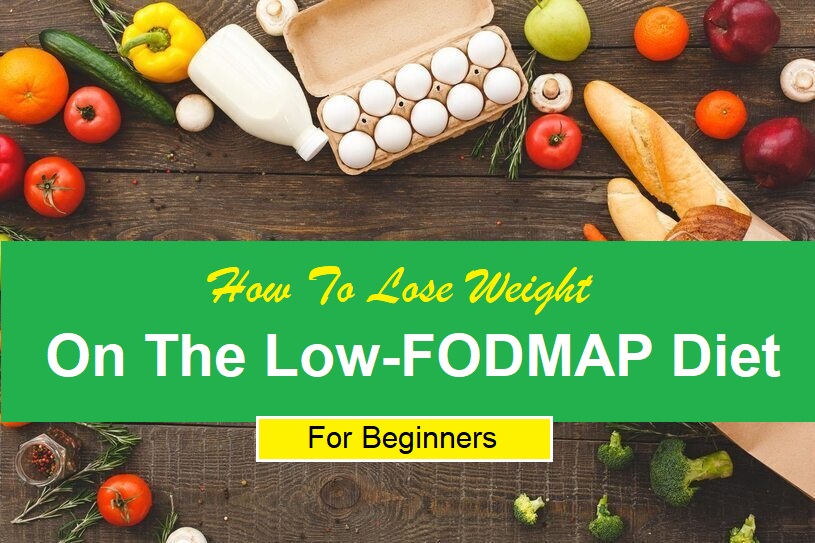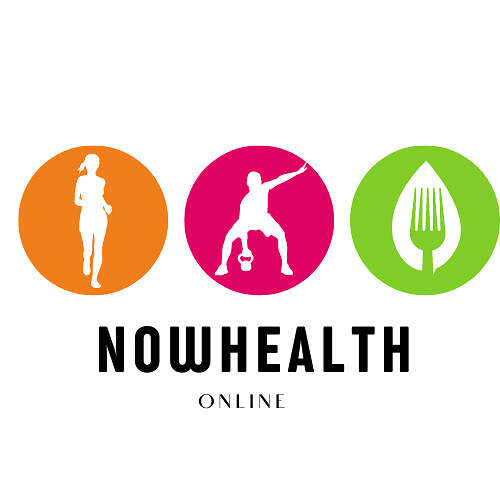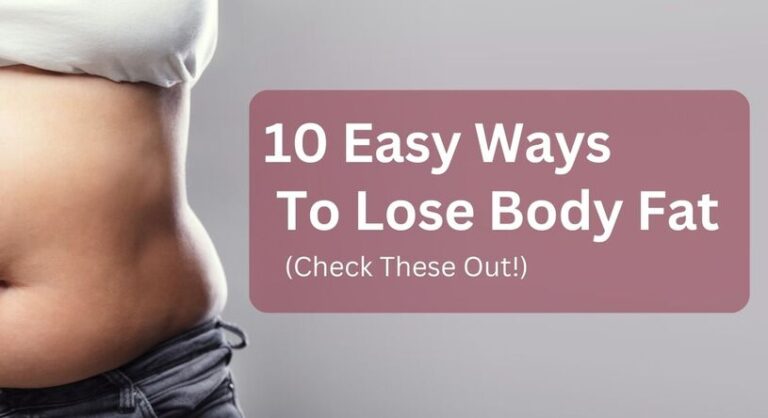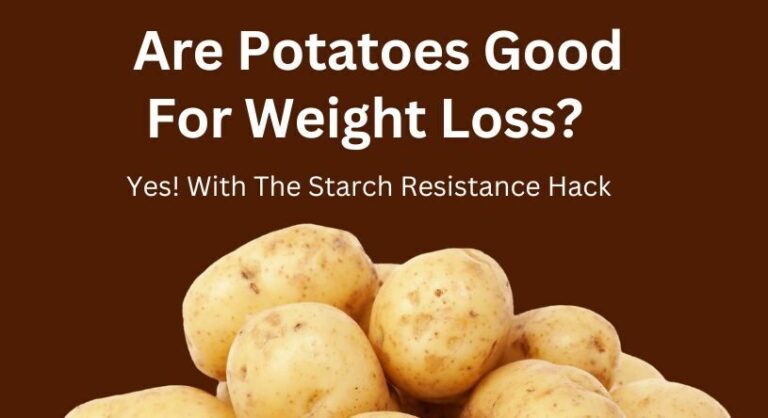How to Lose Weight On The Low-FODMAP Diet – For Beginners
Losing weight on the low-FODMAP diet can really help get your digestive health back on track and get rid of those stubborn pounds. The low-FODMAP diet is essentially an elimination diet that identifies trigger foods causing digestive issues. By cutting these foods out, you reduce inflammation, and bloating, making it easier to lose weight.
In this article, we’ll explore how to lose weight on the low-FODMAP diet. I’ll give you a beginner’s guide on what you need to know, and how to start. We’ll cover everything from what it is to how it promotes weight loss. I’ll also share some handy tips and recipes.
The low-FODMAP diet can really slim you down if you stick to it. So let’s take a look.
Contents
- 1 what does low fodmap stand for?
- 2 what does low-fodmap mean?
- 3 What is the low-FODMAP diet?
- 4 How does The Low-FODMAP diet help with weight loss?
- 5 There are three phases to the low-FODMAP diet:
- 6 high fodmap foods to avoid
- 7 Low FODMAP Foods
- 8 How to Lose Weight on the Low-FODMAP Diet
- 9 How to Lose Weight On The Low-FODMAP Diet – Some Support
- 10 Bottom Line – How To Lose Weight On The Low-FODMAP Diet
- 11 Author
what does low fodmap stand for?
FODMAP stands for fermentable oligosaccharides, disaccharides, monosaccharides, and polyols. So broken down that is:
Fermentable
Oligosaccharides
Disaccharides
Monosaccharides
And
Polyols
what does low-fodmap mean?
I know, it sounds super scientific. Basically, they’re short-chain carbs that don’t get fully absorbed in your small intestine. Instead, they end up in your large intestine where bacteria eat them, potentially causing gas, bloating, cramps, constipation, and other unpleasant digestive symptoms. As in:
Fermentable foods like beans and lentils contain compounds that cause gas, nausea, and diarrhea since our bodies don’t absorb them well.
Oligosaccharides are sneaky triggers too. Fructans in garlic, onions, and wheat lead to bloating and gas pains because they are indigestible carbs. And galactans in lentils, beans, and broccoli can also brew up some serious stomach rumbles.
Lactose, the disaccharide in dairy, causes issues for those lacking the lactase enzyme to break it down.
Fructose, a monosaccharide found in fruits and sweeteners, can overwhelm digestion when consumed in excess.
Polyols Apples, pears, nectarines and those “sugar-free” foods with polyols like xylitol and sorbitol? Fewer calories don’t mean less digestive issues.
What is the low-FODMAP diet?
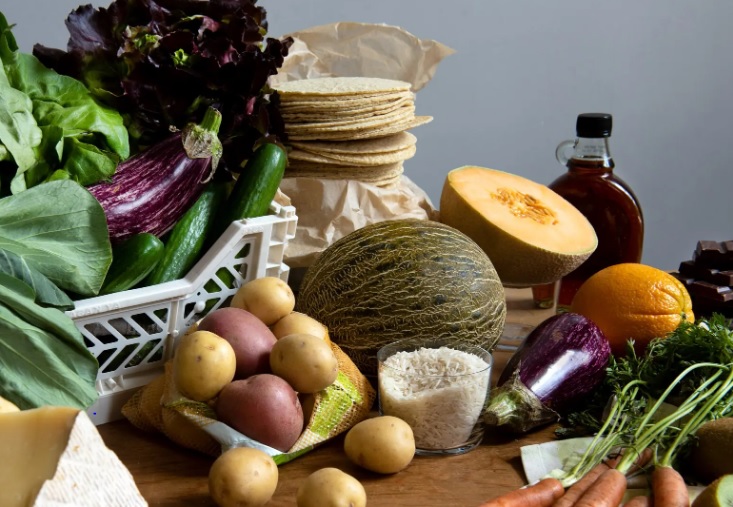

The low-FODMAP diet aims to reduce your FODMAP intake. Studies show this can significantly improve digestive symptoms for many people with IBS and digestive issues (see this meta-analysis). An added perk is that it seems to make weight loss a bit easier too.
So, essentially, the low-FODMAP diet cuts out foods high in these funky fermentable carbs. This eases digestive symptoms and may help you slim down more successfully. It’s not a lifelong diet, but it can provide some real relief if you struggle with bloating, gas, abdominal pain, etc. Now let’s get into the details.
How does The Low-FODMAP diet help with weight loss?
That bloated, puffy tummy and those pesky extra pounds? They could be tied to inflammation wreaking havoc in your gut. When your stomach’s inflamed, it messes up important processes that regulate your weight. However, the low-FODMAP diet comes to the rescue by cooling down gastrointestinal distress.
But does the science back up the low-FODMAP diet as a weight loss strategy? Absolutely! Researchers wanted to see if it really helped people slim down, so they gathered up some volunteers.
One group tried the diet, while the others stuck to their normal eating habits. After 6 weeks, the low-FODMAP group lost way more weight compared to the others.


Now part of that rapid weight loss was likely from dropping excess water bloat. But here’s the kicker – the low-FODMAP group also saw dips in inflammation markers like CRP. This hints that the diet doesn’t just reduce temporary water weight – it also sets the stage for long-term fat burning by fixing metabolism regulation. Pretty cool how tackling stomach issues can have such a big impact on dropping pounds!
So if you feel like your weight is stuck on a plateau, inflammation could be the culprit. Luckily, the low-FODMAP diet offers a tasty solution.
By banishing tummy troubles, it dials down inflammation and gets your body back into fat-burning mode. A flatter stomach and slimmer you? Sounds like a win-win.
There are three phases to the low-FODMAP diet:
The elimination phase: This is the first phase of the diet and it is the most restrictive. During this phase, you will avoid all high-FODMAP foods. This can be challenging, but it is important to follow the elimination phase carefully in order to identify which foods are triggering your symptoms.
The challenge phase: Once you have identified the foods that are triggering your symptoms, you can start to reintroduce them one at a time. This is called the challenge phase. During this phase, you will eat a small amount of the food and watch for any symptoms. If you do not experience any symptoms, then you can add that food back into your diet.
The maintenance phase: The maintenance phase is the final phase of the diet. During this phase, you will eat a low-FODMAP diet that includes all of the foods that you have tolerated during the challenge phase
high fodmap foods to avoid
Here’s a breakdown of high FODMAP foods in different categories to avoid where possible:
Vegetables
- Garlic
- Onion
- Asparagus
- Mushrooms
- Cauliflower
- Brussels Sprouts
- Artichokes
- Leeks
- Snow Peas
- Cabbage
Nuts
- Cashews
- Pistachios
- Almonds
- Hazelnuts
- Macadamia Nuts
- Chestnuts
- Pecans
- Walnuts
- Pine Nuts
- Brazil Nuts


Fruits
- Apples
- Pears
- Mangoes
- Watermelons
- Cherries
- Nectarines
- Peaches
- Plums
- Blackberries
- Raspberries
Meats
- Sausages (store-bought with additives)
- Processed Meats
- Breaded Meats (contain wheat)
- Cured Meats (contain garlic or onion)
- Some Meat Alternatives (e.g., tofu with added ingredients)
- Certain Deli Meats (check ingredients for garlic/onion)
Dairy
- Milk (for lactose-intolerant individuals)
- Yogurt (with added high FODMAP sweeteners)
- Soft Cheese (e.g., ricotta, cottage cheese)
- Ice Cream (with added high FODMAP ingredients)
- Cream Cheese
- Sour Cream (with additives)
- Evaporated Milk
- Condensed Milk
- Custard
- Malted Milk
So what are the worst FODMAP foods?
Low FODMAP Foods
If you’re following a low FODMAP diet to manage digestive symptoms like irritable bowel syndrome (IBS), here are some low FODMAP foods to consider including in your meals:
Vegetables
- Carrots
- Bell Peppers
- Cucumbers
- Zucchini
- Lettuce (Green Leaf, Red Leaf, Romaine)
Nuts
- Peanuts
- Pecans
- Macadamia Nuts
- Walnuts
- Brazil Nuts
Fruits
- Bananas
- Blueberries
- Strawberries
- Raspberries
- Oranges (in moderation, stick to one small orange)
Meats
- Chicken (skinless, boneless)
- Turkey (skinless, boneless)
- Beef (lean cuts)
- Pork (lean cuts)
- Lamb (lean cuts)
Dairy
- Lactose-Free Milk (e.g., lactose-free cow’s milk or plant-based alternatives)
- Lactose-Free Yogurt (e.g., lactose-free cow’s milk or lactose-free plant-based yogurts)
- Hard Cheeses (e.g., cheddar, Swiss, mozzarella)
- Butter (without added additives)
- Lactose-Free Cream (e.g., lactose-free heavy cream)
This is a good start, but if you want a more comprehensive list of Low-FODMAP foods you can Download the PDF >>> HERE
How to Lose Weight on the Low-FODMAP Diet
Want to improve your digestive health and slim down? The low-FODMAP diet could be the solution. Let me walk you through how to follow it for weight loss.
Here are some tips to maximize weight loss on the low-FODMAP diet:
- Home-cooked meals: At the beginning of a low FODMAP diet experiment, sticking to genuine foods and making them yourself makes sense since you know what is in your meal and how to balance the components. There are also numerous hidden FODMAPs in processed foods.
- Portion control: Keep an eye on serving sizes, even for low-FODMAP foods. It’s shockingly easy to overload your plate without realizing it. Stick to proper portions to keep calories in check.
- Focus on the staples: Focus your meals around safe, low-FODMAP staples like rice, eggs, chicken, and spinach. Choosing tummy-friendly foods makes the diet feel less restrictive long-term.
- Use good protein to keep you full: Be sure to get lean protein from foods like fish, poultry, and tofu. Protein helps retain muscle and keeps hunger at bay.
- Include gluten-free carbs: If you’re gluten-free too, opt for whole grains like quinoa, rice, and oats. These give you energizing carb options.
- Focus on Low-FODMAP veggies: Fill up on low-FODMAP veggies like carrots, zucchini, and peppers for belly-filling fiber.
- Eat mindfully: Tune in to hunger cues. Slow it down, savor each bite, and stop when you’re satisfied.
- Stay hydrated: Make sure you get enough water, this will prevent false hunger pangs.
- And incorporate regular exercise: like cardio and strength training for additional health perks.
Stick with it and the pounds will start coming off. Just remember slow, steady progress is the name of the game.
How to Lose Weight On The Low-FODMAP Diet – Some Support
The low FODMAP diet takes commitment, but you don’t have to do it solo. Join some groups for recipes, tips and solidarity on your low FODMAP journey.
Low FODMAP for FOODIES – For the food-obsessed. Recipes and cooking tips galore.
Low FODMAP Diet Support – A welcoming community for overall diet support.
USA Low FODMAP Products – Helpful for finding suitable products in the US.
Bottom Line – How To Lose Weight On The Low-FODMAP Diet
Navigating the low FODMAP diet can feel lonely at times. That’s where Low FODMAP Facebook groups come in handy. Connecting with others on the same journey provides tips, recipes and moral support.
Of course, remember that everyone’s FODMAP tolerance is unique. Just because someone else can eat a food doesn’t mean you can. Use the groups for camaraderie and general advice, not medical guidance.

